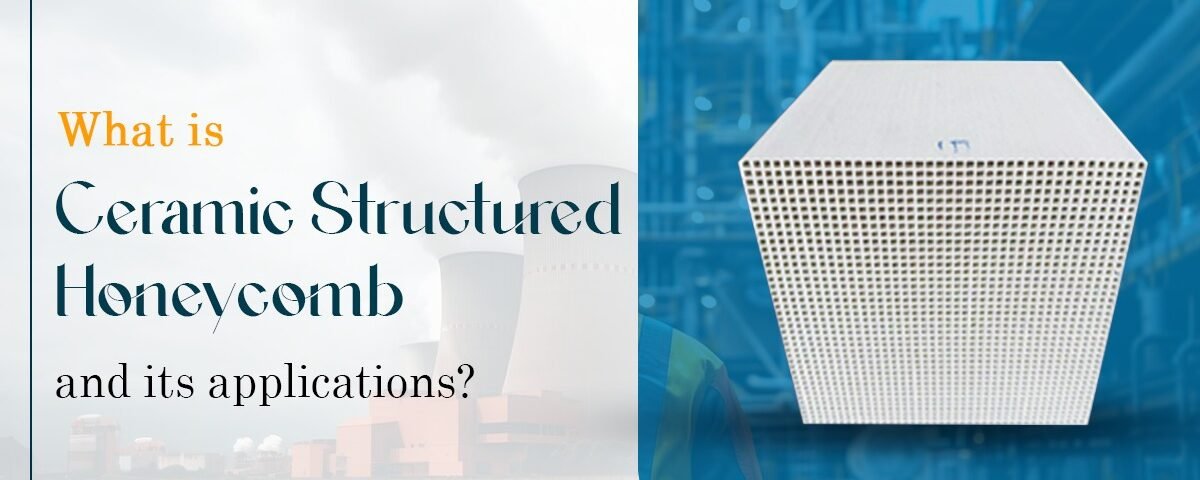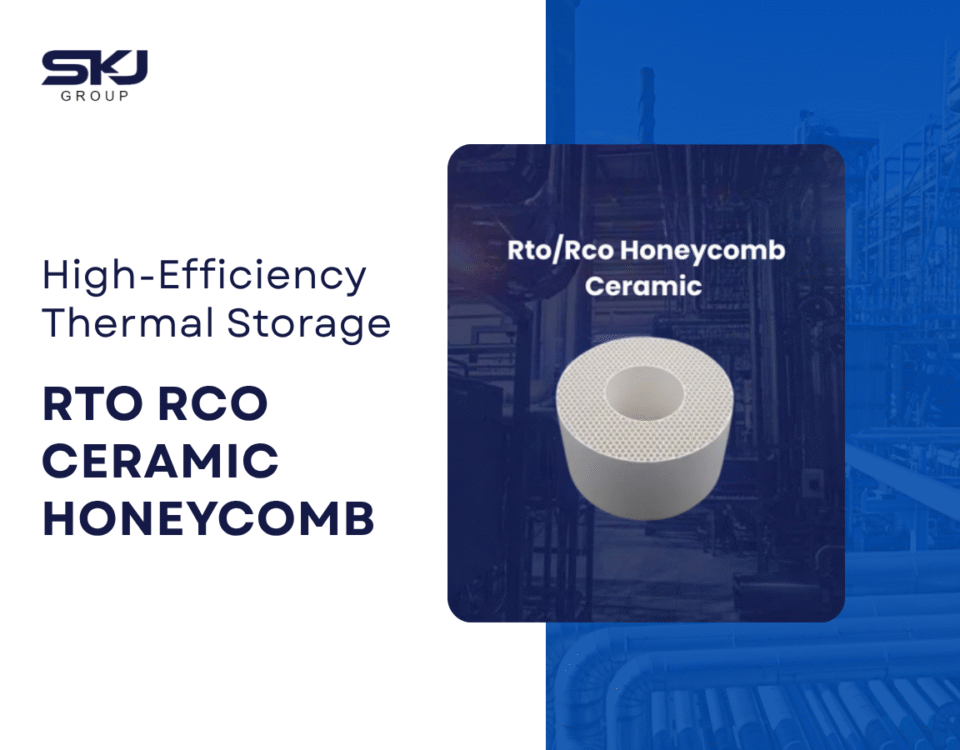What is Ceramic Structured Honeycomb and its Applications?

The Purpose of Inert Ceramic Balls: Benefits & Applications in Industrial Processes
November 22, 2024
Top 5 Reasons to Choose Ceramic Ultra for Superior Industrial Performance
December 7, 2024In industries where efficiency, durability, and cost-effectiveness are paramount, materials like ceramic structured honeycombs emerge as revolutionary solutions. Whether you’re tackling challenges in air purification, chemical processing, or heat exchange systems, ceramic honeycombs offer unmatched performance. But what exactly makes these structures indispensable across such diverse applications?
What is a Ceramic Structured Honeycomb?
A ceramic structured honeycomb is a uniquely engineered material composed of a grid-like structure resembling a honeycomb. These structures are made from high-performance ceramics like alumina, cordierite, or silicon carbide, offering exceptional thermal resistance, chemical stability, and strength.
Key Features of Ceramic Honeycomb Structures
- Lightweight Yet Strong: The honeycomb design ensures maximum strength while minimizing material usage.
- High Thermal Stability: Capable of withstanding extreme temperatures, making it ideal for heat-intensive applications.
- Chemical Resistance: Resistant to corrosion and degradation, ensuring longevity in harsh chemical environments.
- Low Pressure Drop: The open design allows for efficient fluid or gas flow, reducing energy consumption.
Applications of Ceramic Structured Honeycombs
1. Environmental and Air Purification Systems
One of the most common uses of ceramic honeycombs is in air pollution control. They serve as substrates for catalytic converters, ensuring harmful gases like CO and NOx are converted into less toxic compounds.
Example Applications:
- Automotive exhaust systems
- Industrial flue gas treatment
- VOC (Volatile Organic Compound) removal
Key Benefits:
- Improved air quality
- Compliance with environmental regulations
2. Heat Exchange Systems
In processes where heat recovery is essential, ceramic honeycombs excel due to their ability to handle high temperatures and provide efficient heat transfer.
Example Applications:
- Regenerative thermal oxidizers (RTOs)
- Recuperators in furnaces
Key Benefits:
- Energy savings through heat recovery
- Enhanced system efficiency
3. Chemical Processing Industries
Ceramic honeycombs are used as packing materials in chemical reactors and distillation towers. Their high surface area and excellent chemical resistance make them ideal for catalysis and adsorption processes.
Example Applications:
- Catalyst support in petrochemical plants
- Reactors for ammonia or hydrogen production
Key Benefits:
- High efficiency in chemical reactions
- Reduced operational costs
4. Water Treatment Systems
In water purification, ceramic honeycombs act as filters to remove impurities and contaminants. Their porosity ensures effective filtration without compromising flow rates.
Example Applications:
- Industrial wastewater treatment
- Municipal water purification plants
Key Benefits:
- Long-lasting filtration solutions
- Reduced maintenance requirements
Why Choose SKJ Group for Ceramic Honeycomb Structures?
At SKJ Group, we pride ourselves on being a trusted ceramic honeycomb structure supplier. Our expertise lies in delivering high-quality, customizable solutions that cater to diverse industrial needs.
What Sets Us Apart?
- Premium Quality Materials: We use only the finest ceramics to ensure unmatched durability and performance.
- Tailored Solutions: Each product is designed to meet specific industry requirements.
- Global Reach: Trusted by clients worldwide, SKJ Group has established itself as a leader in ceramic technology since its inception in 2019.
Advantages of Using Ceramic Structured Honeycombs
- Energy Efficiency: The open-cell structure minimizes energy losses, ensuring operational cost savings.
- Longevity: High resistance to wear and tear extends the lifespan of these components.
- Sustainability: Supports greener technologies by improving the efficiency of environmental and industrial processes.
- Customizability: Can be tailored to meet specific application needs.
FAQ
1. What materials are used in ceramic honeycomb structures?
Common materials include alumina, cordierite, and silicon carbide. Each material is selected based on the application’s thermal and chemical requirements.
2. How do ceramic honeycombs improve energy efficiency?
Their design allows for better heat recovery and reduced pressure drops in systems, cutting energy consumption significantly.
3. Can ceramic honeycombs be used in small-scale applications?
Yes, they are versatile and can be scaled down for use in compact devices like small catalytic converters or water filters.
Conclusion
Ceramic structured honeycombs are an innovative solution addressing the growing need for efficiency, sustainability, and reliability across industries. From air purification to chemical processing and heat recovery, these structures are transforming industrial operations.
As a leader in ceramic materials, SKJ Group stands committed to providing high-quality honeycomb structures that meet the demands of modern industries. If you’re looking for a trusted ceramic honeycomb structure supplier, look no further.




